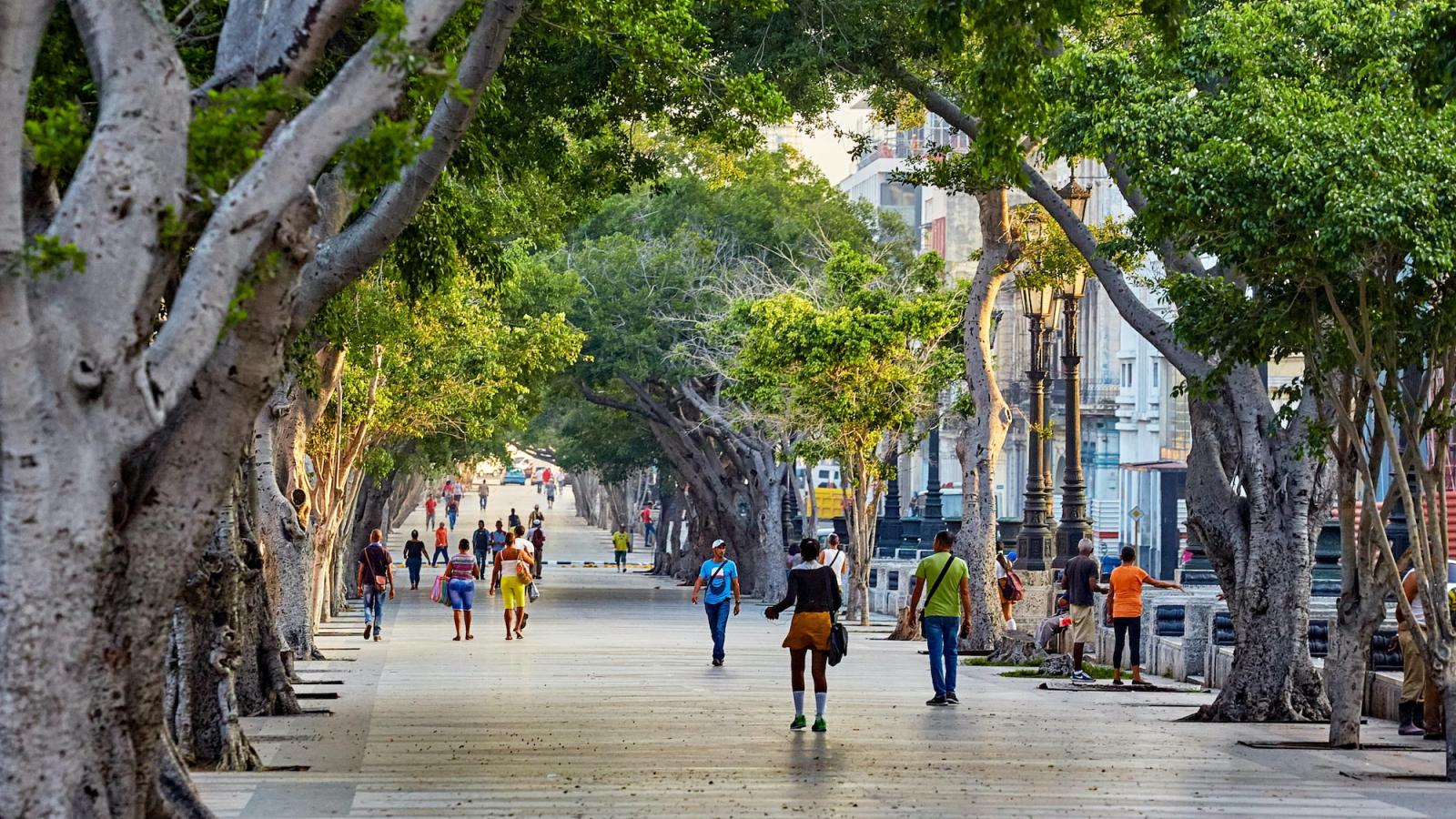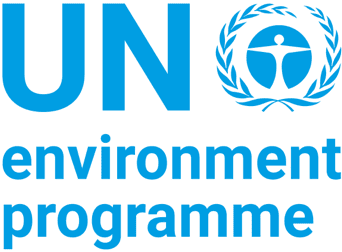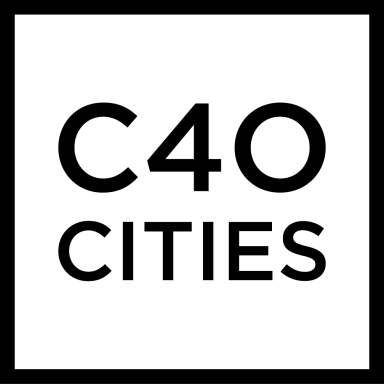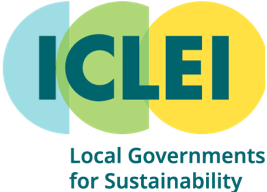Global Environment Facility
About
Funded by the Global Environment Facility and led by the UN Environment Programme, UrbanShift is working to transform cities for people and planet through sustainable, integrated, zero-carbon urban development.
From coastal management measures in Surat, India to low-emission zones in Teresina, Brazil and upgraded informal settlements in Kigali, Rwanda, UrbanShift’s mission is to cultivate an urban development practice that is rooted in equity and integration, addressing not just one urban challenge, but many.
We’re collaborating with more than 23 cities in Asia, Africa and Latin America on a range of cross-sectoral strategies, reducing carbon emissions and conserving biodiversity while fostering sustainable, equitable growth. We’re also building a knowledge and learning platform that connects cities worldwide with the tools, training and advocacy they need to put these strategies into action.
Our Approach and Activities
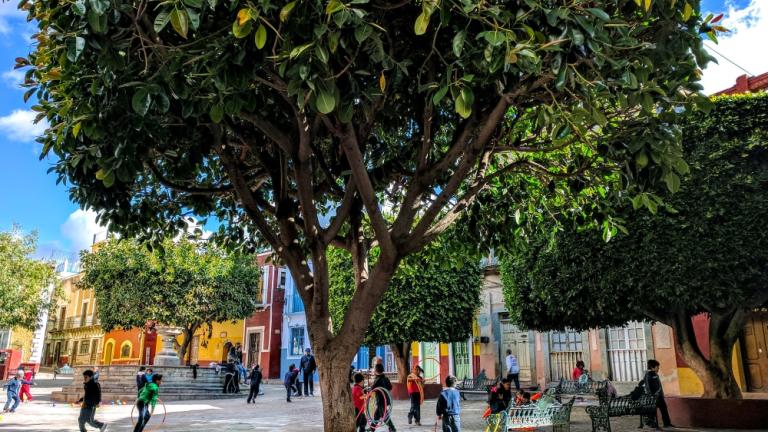
Our approach
UrbanShift’s approach to transformative urban development is two-fold: local action at the city level combined with a global capacity-building offer.

Activities
UrbanShift offers cities a suite of activities to strengthen their integrated planning skills, from workshops and national dialogues to geospatial analyses, climate action support, and more.
- 2/3 of the world’s population
-
will live in cities by 2050
- 1.4 billion city dwellers
-
are at high or extreme risk of climate hazards
- More than 80%
-
of global GDP is generated in cities
WHY CITIES?
Cities are home to 4.2 billion people – more than half of the world’s population. These bustling human habitats are where our daily struggles unfold, where we strive to build a better future for ourselves and our families. But cities today face unprecedented challenges – floods, storms, heatwaves, deteriorating air quality, deepening social inequity – compounded by the climate crisis and the COVID-19 pandemic.
Though the circumstances are daunting, there’s a flip side: cities are the engines of the global economy, hubs of creativity and innovation, and have always possessed enormous potential for change.
UrbanShift’s goal is to catalyze this potential. By empowering city leaders to work together with businesses, institutions and governments, we’re shaping healthy, vibrant communities where natural ecosystems are restored and protected and carbon emissions neutralized, tilting the balance in favor of people and the planet.
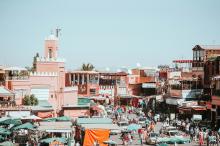
2023-2024 ANNUAL REPORT
With a focus on accelerating urban climate finance and multi-level government, UrbanShift's third annual report dives into stories of progress and innovative ideas from across our network.
Our Funder and Partners
UrbanShift is funded by the Global Environment Facility, led by the UN Environment Programme and implemented in partnership with the World Resources Institute, C40 Cities, ICLEI - Local Governments for Sustainability, the UN Development Programme, the World Bank, and the Asian Development Bank. Click on the logos below to learn more about each organization.
